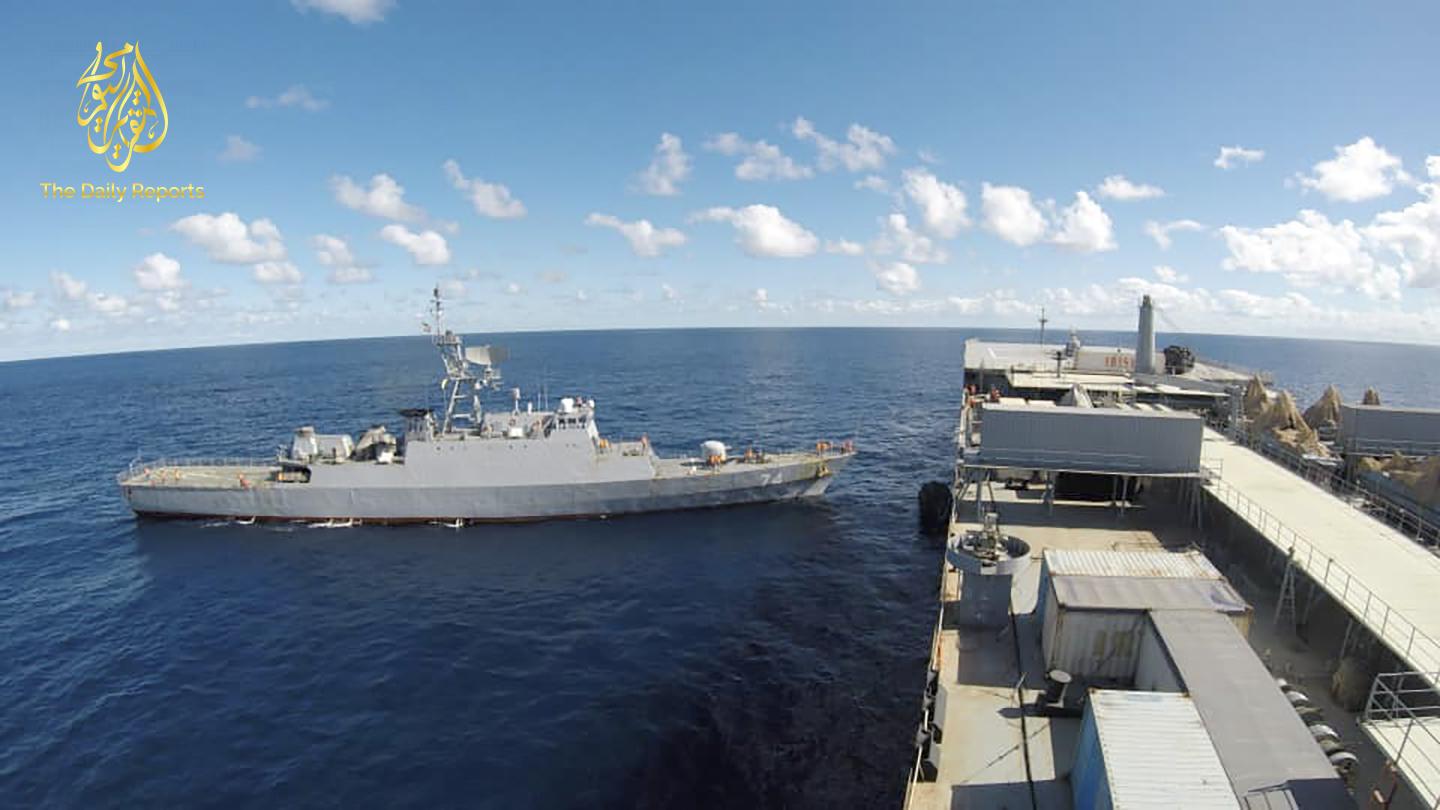An Iranian destroyer and backing vessel are presently cruising in the Atlantic Ocean in an uncommon mission a long way from the Islamic Republic, Iran’s state TV gave an account of Thursday, without offering the vessels’ last objective.
The outing by the new locally constructed destroyer Sahand and the insight gathering vessel Makran comes in the midst of U.S. media reports, referring to mysterious American authorities, saying the boats were destined for Venezuela. The Associated Press couldn’t promptly affirm the boats’ objective.
The vessels left last month from Iran’s southern port of Bandar Abbas, said Adm. Habibollah Sayyari, Iran’s representative armed force boss. He portrayed their central goal as the Iranian naval force’s longest and most testing journey yet, without expounding.
Iranian state TV delivered a short clasp of the destroyer cruising through the Atlantic’s difficult situations. The video probably was shot from the Makran, a changed-over business oil big hauler with a portable dispatch stage for helicopters.
“The Navy is improving its nautical limit and demonstrating its drawn-out sturdiness in troublesome oceans and the Atlantic’s horrible climate conditions,” Sayyari said, adding that the warships would not call at any nation’s port during the mission.
Pictures from Maxar Technologies dated April 28 seem to show seven Iranian quick assault create regularly connected with its paramilitary Revolutionary Guard on the deck of the Makran. Satellite pictures from Planet Labs Inc. propose it left a port at Bandar Abbas at some point after April 29. It wasn’t promptly clear where the Makran and the destroyer are present.
In Washington, U.S. State Department representative Ned Price would not conjecture on the thing the vessels were conveying, saying just “that if this is a push to move weapons or in any case to abuse its worldwide commitments we would be set up to react.”
“We have seen the press reports in regards to this development,” Price said. “We’re set up to use our material specialists, including sanctions, against any entertainer that empowers Iran’s continuous arrangement of weapons to brutal accomplices into intermediaries.”
The site Politico previously announced in late May, referring to unknown authorities, that the boats’ last objective might be Venezuela. Iran keeps up close connections to Venezuelan President Nicolas Maduro and has sent fuel and different items to the country in the midst of a U.S. sanctions crusade focusing on fuel-starved Caracas. Venezuela is accepted to have paid Iran, under U.S. approvals of its own, for the shipments.
A top helper to Maduro has denied press reports that the boats will moor there. The authority talked about the state of namelessness to examine delicate international issues.
During a news gathering on May 31, Iranian Foreign Ministry representative Saeed Khatibzadeh declined to say where the Makran was going.
“Iran is consistently present in global waters and it has this right dependent on worldwide law and it very well may be available in global waters,” he said. “No nation can disregard this right, and I caution that nobody makes erroneous conclusions. The individuals who sit in glass houses ought to watch out.”
The quick assault makes onboard the Makran are the sort that the Guard utilizes in its strained experiences with U.S. warships in the Persian Gulf and its thin mouth, the Strait of Hormuz. It’s not quickly clear what Venezuela’s arrangements would be for those boats.
“In the event that the boats are conveyed, they may frame the center of a deviated fighting power inside Venezuela’s military,” the U.S. Maritime Institute said in a prior distributed investigation. “This could be centered around disturbing transportation as a method for countering unrivaled maritime powers. Delivery courses to and from the Panama Canal are close to the Venezuelan coast.”
Recently, fires sank Iran’s biggest warship, the 207-meter (679-foot) Kharg, which was utilized to resupply different boats in the armada adrift and lead preparing works out. Authorities offered no reason for the burst, which follows a progression of strange blasts that started in 2019 focusing on business ships in Mideast streams.
The strange journey comes in front of Iran’s June 18 official political decision, which will see electors select a replacement for the generally moderate President Hassan Rouhani.








